Elementary educators know their role lays the foundation for their students’ future successes — and failures. While the early years may not exactly impact whether or not little Muffin or Junior graduates magna cum laude from Harvard, they nevertheless serve as a solid starting point for forging and honing the skills needed to survive sharks-with-lasers-infested academic waters. Some schools take advantage of these tender years to experiment with seriously cool strategies meant to challenge many potentially squelching, even harmful, components of strict mainstream perspectives. These innovators deserve attention and acclaim for attempting to serve kids in creative ways without negotiating quality, safety, and care.
Bricolage Academy:
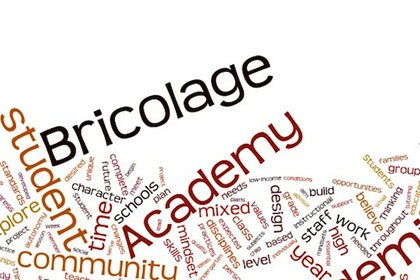
Although it won’t launch until the 2013-2014 school year, much ado over New Orleans-based Bricolage Academy’s educational approaches flits about the industry. It stands poised to grow into one of the nation’s more innovative elementary schools, however, and parents and teachers alike savor the possibilities. The curriculum explicitly addresses international concerns related to the digital age, particularly when it comes to understanding shrinking borders and processing permanent social, political, and economic changes. Founded by John Densen, Bricolage means to challenge traditional classroom approaches focusing on rigid, rote concepts and thought patterns.
The Blue School:
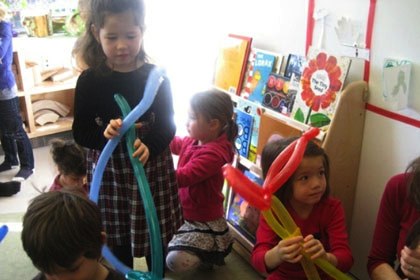
Everything at The Blue School, located in Manhattan, revolves around child development, and teachers put in extra care to assess each student on an individual level and involve them in projects tailored to their strengths and weaknesses. Like most progressive educational institutions, its diverse offerings encompass projects promoting creativity, community involvement, family, and global awareness. “Child-centrism” remains the name of the game here, as the faculty and staff believe the healthiest, most productive, and smartest kids hail from environments where their growth flows naturally rather than molded to adult expectations.
T.C. Miller Elementary School for Innovation:

With a name like that, it’s easy to tell where this Lynchburg, Va., school’s loyalties lie. Like many other exemplary elementary establishments, T.C. Miller sticks with a philosophy promoting diverse opportunities ensuring the inclusion of every student’s unique developmental needs. Visual and performing arts receive the exact same attention as the STEM fields because the institution believes all academic fields equally shape students — it isn’t all about the subjects that will help Americans beat those Soviet Reds anymore.
Aurora School:
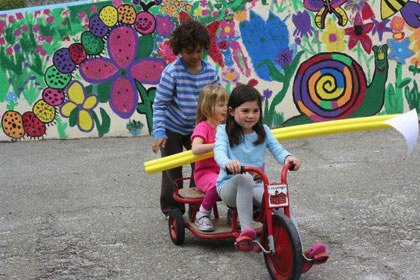
Because it sticks to a Progressive Education model, this leader in the approach’s application easily fits the “innovative” designation. Aurora School, nestled in Oakland, Calif., nurtures civic engagement in preschool-, kindergarten-, and elementary-aged kids, with awareness, democracy, and activism permeating every facet of the curriculum. Both play and community involvement receive just as much care and attention as academics, as the school desires to raise kids who yearn to participate in the world and make it an even better place to live than before.
Creative Frontiers:
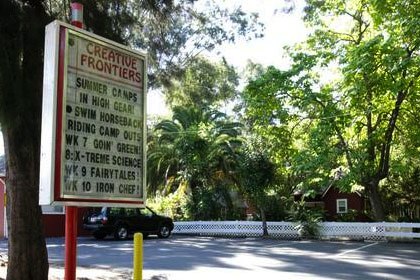
Creative Frontiers believes “the blend of nature and space as a total enhancement to the learning process” holds the key to pumping out intelligent, engaged, and productive students. One of the more interesting strategies in its educational arsenal builds self-awareness by replacing “bad” and “good” with “inappropriate” and “appropriate” to illustrate the differences between character and choice. The Sacramento, Calif., school believes separating the two encourages the growth of “decision making skills that fosters [sic] responsibility,” where children remain accountable for their own actions and cognizant of the origins.
The Data Driven School Transformation Partnership:
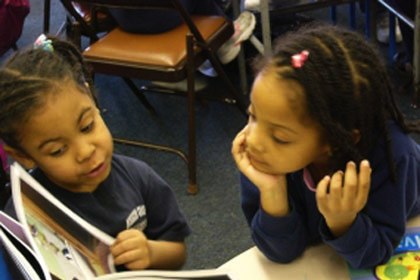
Twelve resource-deprived Massachusetts elementary schools crushed beneath poor student performance banded together with the Bay State Reading Institute and Department of Education to bolster pretty much everything. Using the raw data gathered, the partnership yielded customized solutions addressing the areas critically suffering. In order to make sure all issues receive sufficient attention – and, of course, respond to coaching – all the participating institutions continuously compile facts and figures. Doing so allows them to tweak offerings in (comparative, of course) real time, providing students with all the resources and strategies necessary for their immediate and future academic success.
Fernangeles Elementary School:
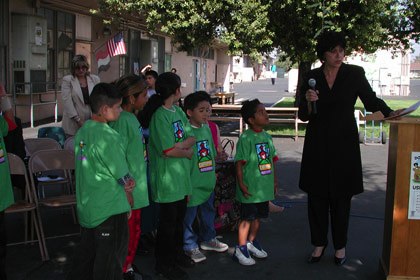
This Phase 1 Los Angeles Alliance for Restructuring Now (LEARN) elementary school directly addresses the socioeconomic needs of the surrounding community more so than most others. Sun Valley residents are allowed to take advantage of its technological offerings, and the school boasts a Mac-enabled lab and at least three computers. Because the majority of students speak another language other than English as a primary tongue at home, literacy remains one of Fernangeles Elementary’s highest priorities, and it boasts what the state considers a Model Library; it does, however, retain its bilingual programming to really make sure no child feels left behind due to linguistic differences.
Camden Elementary School of the Creative Arts:
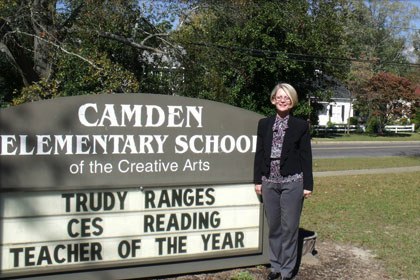
Elementary school students in (or near) Camden, S.C., with an affinity or talent for all things artistically expressive luck out when it comes to sharpening their creative skills. Although the heavily honored Camden Elementary School of the Creative Arts certainly doesn’t shun the entire age-appropriate academic spectrum, it doesn’t shy away from promoting the visual- and performance-oriented activities whose importance to a well-rounded education so often receive little funding and acknowledgement. Technology also factors heavily into the curriculum owing to its increasing importance in a digital society.
KIPP Believe Academy:
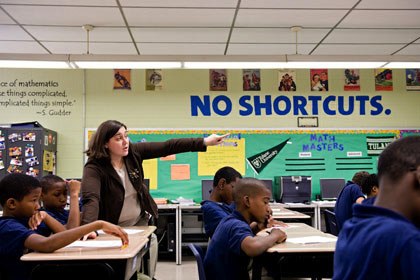
Another notable elementary school hailing from New Orleans, KIPP Believe Academy starts underprivileged kids on the road to college at no cost, making sure to also engage parents and the surrounding neighborhoods. By providing students with strong resources, enthusiastic teachers and administrators, and encouragement, the system hopes to completely dismantle horrifying societal myths drawing parallels between race, class, and inherent academic aptitude. KIPP schools dot the nation, they aren’t just confined to Louisiana, so a diverse range of regions benefit from their socially conscious, success-driven objectives.
Stevens Cooperative School:
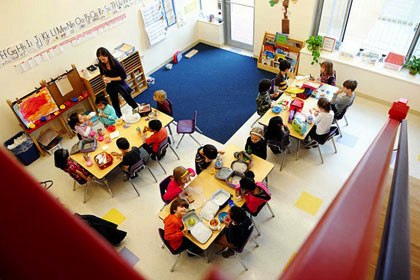
Since 1949, the two New Jersey-based campuses that make up Stevens Cooperative School have exemplified standards and practices associated with the Progressive Education movement. Multiple learning styles are embraced, as well as all the STEM and arts fields, and field trips whisk students to locales as nearby as the Metropolitan Museum of Art or as far away as Mexico City. Teachers must compile thorough reports of every student to make certain every possible need receives attention and addressing.
Deerfield Elementary School:

Technology integration makes this Garden State gem a notable, inspiring institution. Nancy Lichtenstein at Yahoo! Voices praises its world-class computer lab and commitment to introducing children to the necessary Digital Age skills. Deerfield Elementary makes extensive use of Smart Boards – tablet computers with interactive screens – and one student managed to score a finalist honor designing a Google Doodle.
No comments:
Post a Comment